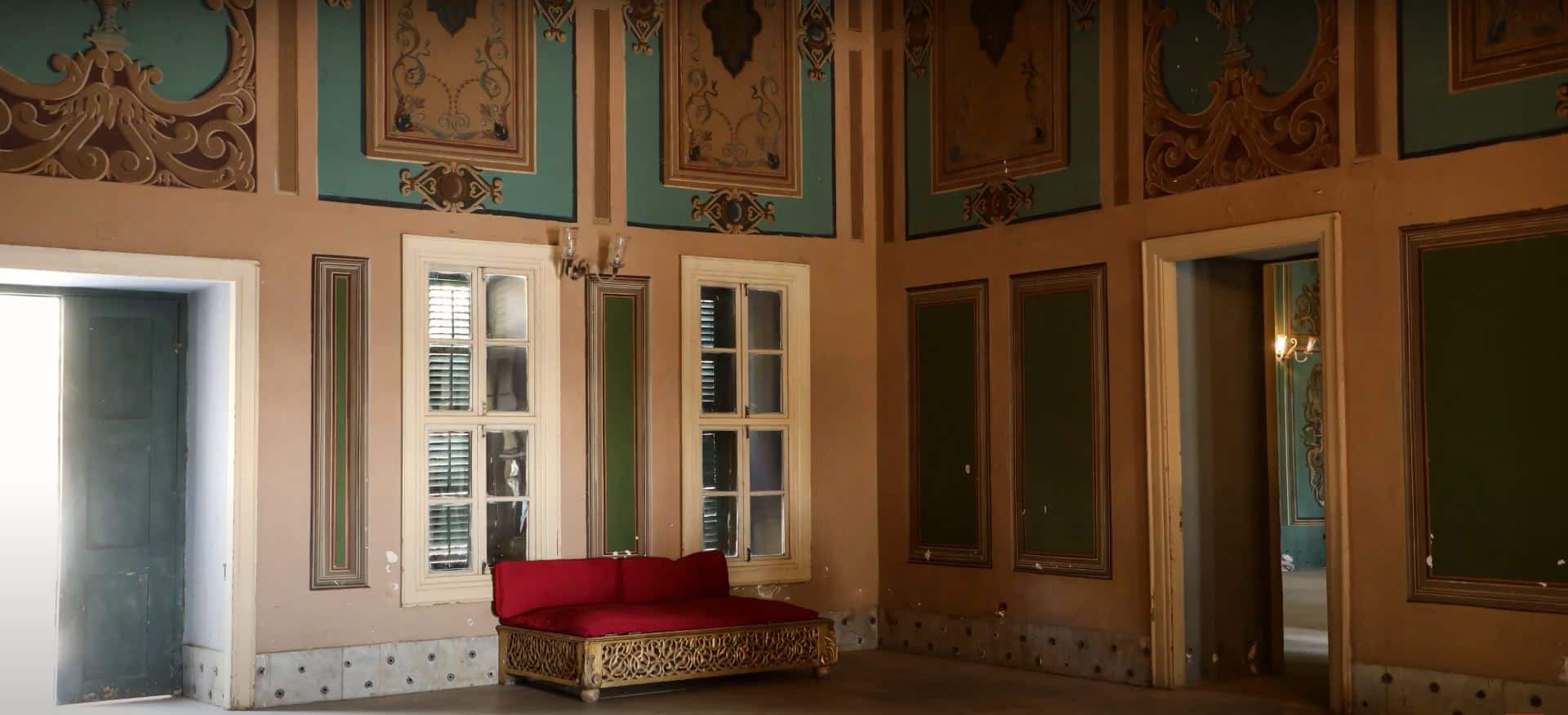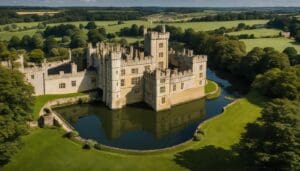El Manasterly Palace – Rhoda Island – Cairo – Egypt

Updated On: April 15, 2024 by Ahmed Samir
Cairo is home to contradictions. It could be somewhat overwhelming. From its rich culture, unique old buildings, and beautiful museums. But historic royal palaces in Egypt will warm your heart with their vibrant details to no end.
Palaces are often regarded as historical gems due to their rich architectural beauty, cultural significance, and the window they provide into the past. Cairo has plenty of them, including the one on the southern end of the Rhoda Island on the Nile River—El Manasterly Palace.
Also known as the Kiosk, El Manasterly Palace is a historic and culturally significant architectural treasure. It is a testament to Egypt’s rich heritage and fascination with art and culture as well.
The History of El Manasterly Palace
El Manasterly Palace in the Manial district was built in 1850-1851 by Hassan Fouad El Manasterly Pasha, who was then the governor of Cairo. It was initially a complex of two buildings, but the private residence (harem) was demolished in the early 20th century to make way for a water station.
The remaining building is the public halls (selamlik), which were used to receive guests and hold official functions. The palace was used as a royal guesthouse for many years and was visited by many dignitaries. It was also used as a venue for concerts and other cultural ceremonies.
Fun Fact: The El Manasterly Palace was the venue for meetings led by King Farouk and leaders of other Arab countries in 1940 to discuss establishing the Arab League.
Since 2001, the palace has been serving as the headquarters of the International Centre for Music.
Architectural Significance
The palace is a stunning example of the architectural styles prevalent in Egypt during the late 19th and early 20th centuries. It incorporates elements of various architectural traditions, including Islamic, Ottoman, and Mamluk designs. The amalgamation of these styles creates a visually captivating and harmonious structure.
One of the most distinctive features of the palace is its striking white façade and intricate Mashrabiya (wooden latticework) windows, characteristic of Islamic architecture. The influence of the Ottoman Rococo is quite notable.
The Gardens of El Manasterly Palace
One of the most enchanting aspects of the palace is its sprawling gardens. Lush greenery, serene fountains, and vibrant blooms envelop the grounds, providing a tranquil escape from the bustling city.
These meticulously landscaped gardens offer a serene ambience, inviting visitors to stroll along pathways adorned with fragrant flowers and age-old trees.
The Umm Kulthum Museum
Now, this is a biographical museum dedicated to Umm Kulthum, the famous Egyptian singer and actress. The museum is located in El Manasterly Palace.
The museum was established in 1998 by the Egyptian Ministry of Culture. It houses a collection of Umm Kulthum’s personal belongings, including stage costumes, jewellery, accessories, and musical instruments. The museum also displays photographs, album covers, and other memorabilia from her career.
One of the highlights of the museum is a cinema hall where visitors can watch a documentary about Umm Kulthum’s life and career. The documentary includes footage of her performances, interviews with her friends and colleagues, and insights into her personal life.
The museum also has a collection of Umm Kulthum’s musical notes and manuscripts. These notes and manuscripts give visitors a glimpse into the creative process behind Umm Kulthum’s music.
The Umm Kulthum Museum is a must-visit for fans of the legendary singer. It is also a great place to learn about the history of Egyptian music and culture.
Today, El Manasterly Palace stands not just as a monument of Egypt’s past but also as a venue for cultural events, art exhibitions, and elegant soirées. As the sun sets over the Nile, casting a golden glow upon the palace, one can’t help but marvel at the enduring legacy of El Manasterly, which invites all who enter to experience a slice of Egypt’s timeless elegance and grace.






